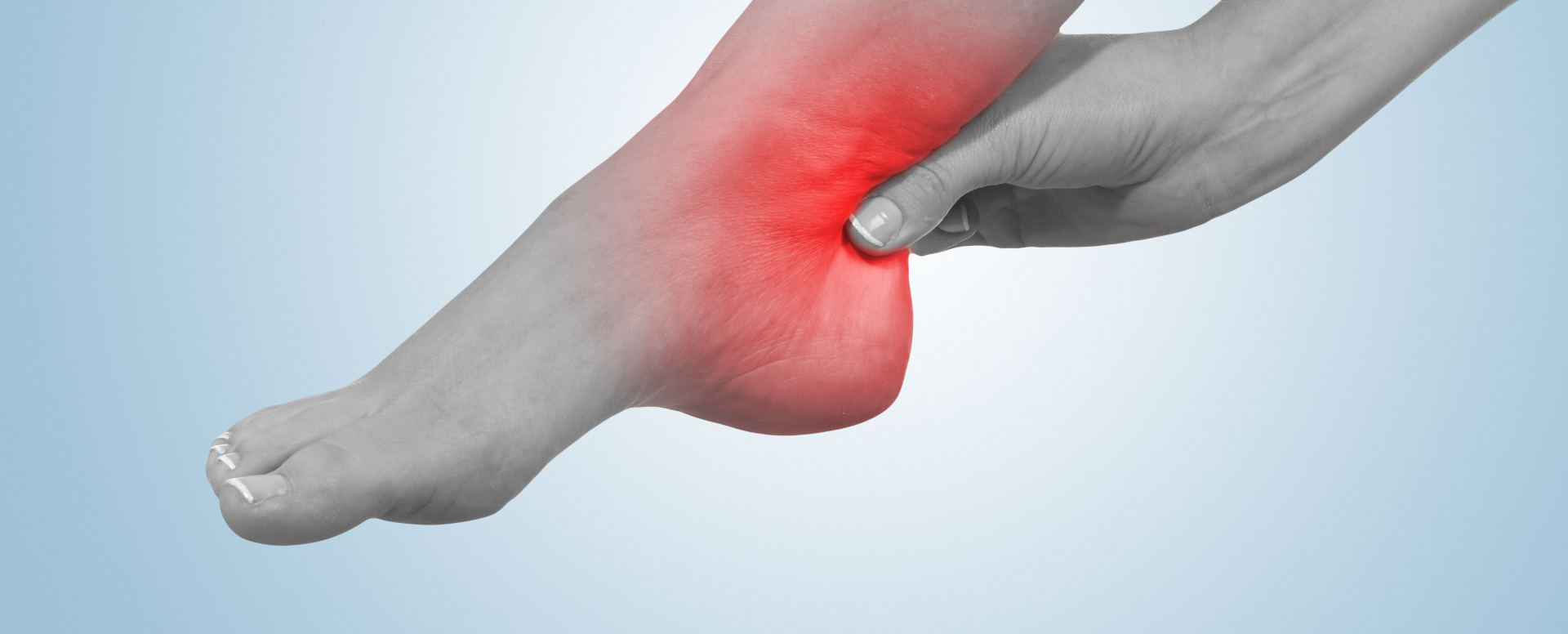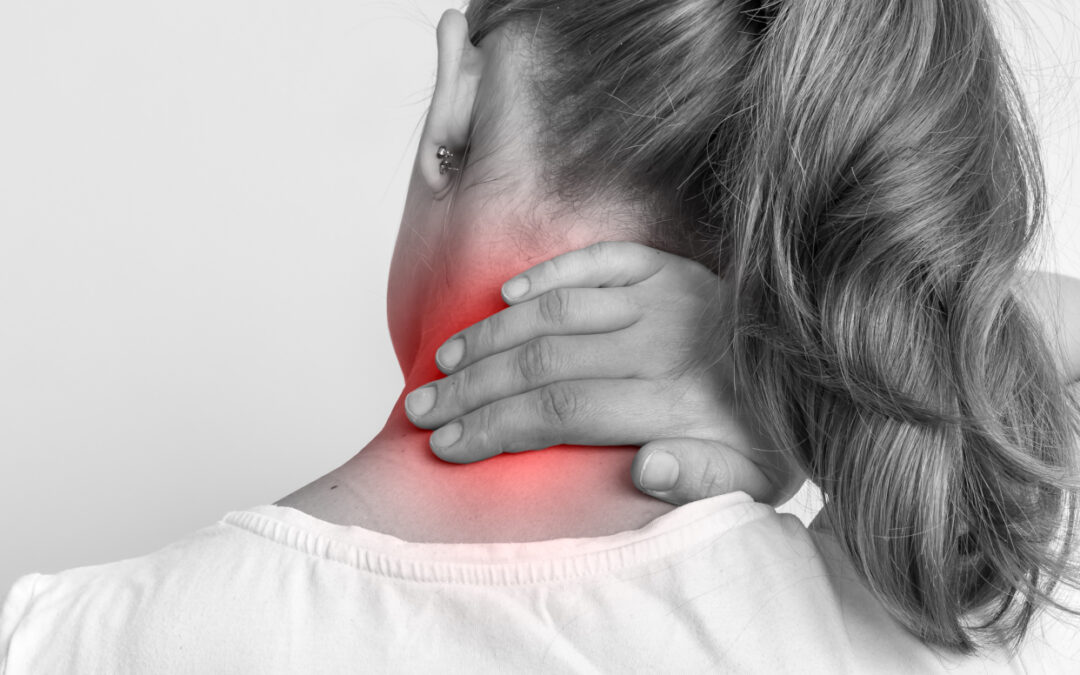Medial Ankle pain: Tibialis posterior dysfunction
Tibialis posterior is a very important muscle of the foot and ankle complex, especially in relation to gait (the way we walk). It is very important in controlling and stabilising our foot and ankle on the inside when we walk/run/jump and gives vital support to the arch of our foot.
[For the gait geeks it works eccentrically to decelerate eversion of the rear foot in strike phase, provides support to the foot and arch in stance phase then contracts to help supinate the rear foot and form part of our rigid lever to push off in propulsion phase].
Anatomy:
It attaches to the proximal posterior shafts of the tibia and fibula (shin bones) and runs down the back of the length of the shin bones, travelling under the medial malleolus (inside ankle bone) and inserting into the navicular, bases of all cuneiforms, cuboid and bases of 2-4th metatarsals (bones of the foot).¹
Causes of dysfunction:
If the muscle/tendon is constantly under increased load due to poor foot mechanics then dysfunction and overload can occur to the tendon. This will often come on gradually and may be triggered and aggravated by increased walking or running or a sudden change in activity. Poor footwear can also be a trigger, e.g. ballet shoes or flip flops, especially if worn for a long time in one go when not used to them. Tightness of the lower leg muscles, especially gastrocnemius and the peroneal muscles can contribute to the dysfunction, affecting the muscle balance of the lower leg which in turn affects foot movement and position.
It can also get injured due to trauma during sports/activities though this blog will focus on the more non traumatic injury.
Symptoms:
It will commonly present as an achy pain just under the medial (inside) ankle bone, and may flare with an increase in activity, especially prolonged walking, running or jumping. Pain may occur when rising up on to the toes, especially after a few reps as the foot tires.
Pain may also be present on the outside of the foot/ ankle complex if the poor positioning of the foot is quite pronounced into pronation and rear foot eversion, as the bones may create an impingement on the outside of the foot. (See image).
Treatment:
The aggravating factor must be removed initially, so if this is an increase in a certain activity i.e. increased running, then this needs to be modified to remove excess stress on the tendon.
If the cause of dysfunction/overload is due to poor foot mechanics, this needs to be addressed in order to allow the tendon to recover. The foot will often (though not always) be overpronated, with a rearfoot eversion as in the image. Temporary insoles may be useful in the early stages depending on severity to help improve the foot position and offload an inflamed tendon.
A programme to re-educate the foot and get it moving better is also extremely beneficial. This will create a lasting change and ensure the muscles are able to lengthen and contract as they should. Specific Anatomy in Motion techniques to optimise how the foot moves during gait are very effective for this.
Soft tissue work and stretches can also help lengthen the calf muscles and peroneal muscles as part of a combined treatment.
Rehabilitation:
Gradual increased loading of the tendon is then required to get it back to full strength. A graded rehabilitation programme from your health professional should allow you to resume your normal activities pain free, but be aware that tendon rehabilitation can be a slow process and can take anything from 12 weeks to 3-4 months² depending on severity and compliance.
As with any injury we have to consider the whole body, and address any issues that may be affecting poor movement patterns. Hip strength and lower limb control will be particularly important in this case and should be included in any good rehab programme.
Although a common cause of medial ankle pain, tibialis posterior dysfunction can usually be rectified with a good rehabilitation programme working to optimise foot mechanics, improve strength and control of the lower limb and regain normal muscle balance of the foot and ankle. For more information please get in contact. www.ellynashat.co.uk
References:
A.Biel: The Trail Guide to the Body 3rd Edition
Tendinopathy – rehab progression – part 1: Tom Goom 2013
#Anatomy in Motion #Rehabilitation #Sports Injury Therapy




